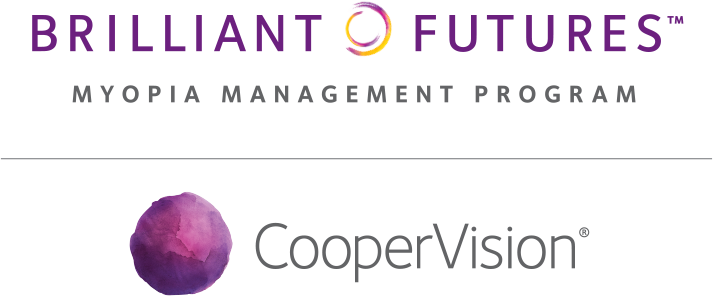Myopia (or nearsightedness) is very common. One out of two people (50%) have it. With myopia, the eye is longer than normal from front to back or the cornea (the clear window at the front of the eye) is too steeply curved. This makes things that are far away from you look blurry. Myopia is corrected with glasses, contact lenses or surgery in some cases. Having myopia can increase your chances of having some eye problems later, like cataracts, glaucoma and retinal detachment.
Studies show that myopia is becoming more common among children. While there is no proven direct link, research suggests that children who spend more time indoors doing near-focused activities (such as computer work, video games, and reading) have higher rates of myopia than those who spend more time outdoors.
Doctors are looking at ways to slow the progression of myopia in children. While myopia cannot be reversed, the goal of treatment is to keep it from getting worse. This can protect a child’s eye health in the future, despite still needing to wear glasses or contact lenses.
Low-Dose Atropine Eye Drops
You may be familiar with atropine eye drops. They are used to widen your pupils during an eye exam. When given to children in small amounts for 2 to 3 years, the drops may slow the progression of myopia. Doctors do not know exactly how it works but they think these drops may keep the eye from lengthening too much.
Myopia worsens as the eye grows longer. Low-dose atropine for myopia is used for children between 5 and 18 years old. The drops are placed in each eye at bedtime. Side effects of atropine drops at low doses may include redness or itchiness around the eye.
Peripheral Defocus Contact Lenses
These special contact lenses are worn by children 6-12 years of age with myopia. This “multifocal” contact lens has different areas of focus. Think of this type of lens as looking like a dartboard, with multiple circles inside of each other. The center of the lens or “bull’s eye” corrects blurry distance vision while the outer portions of the lens “defocus” or blur the child’s peripheral (side) vision. Blurring side vision is thought to slow eye growth and limit myopia.
Peripheral defocus contact lenses might not work in all cases. However, these lenses seem to help certain children, including those whose parents are nearsighted and whose own myopia is getting worse.
Like any contact lens, there is a risk of getting a corneal infection. Be sure your child can correctly wear, clean, and store the contact lenses to avoid infection. Be sure your child can correctly wear, clean, and store the contact lenses to avoid infection.
Steps You and Your Child Can Take that May Help Slow Myopia
Make sure your child spends more time outdoors. Limit screen time on computers or other digital devices. Follow the 20-20-20 Rule. Take a break from screens every 20 minutes by looking 20 feet away for 20 seconds. By balancing screen time with outdoor time, you may help limit your child’s myopia and protect their vision as they grow older.
Are you wondering if Myopia Control is appropriate for your child? Schedule an appointment with us to discuss your family’s best treatment option.


